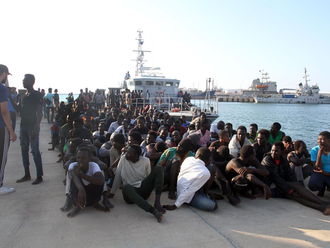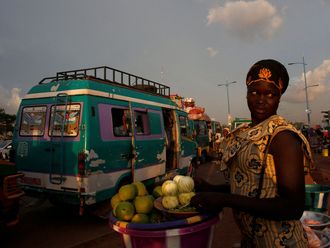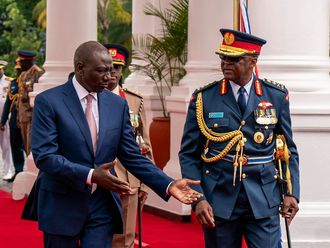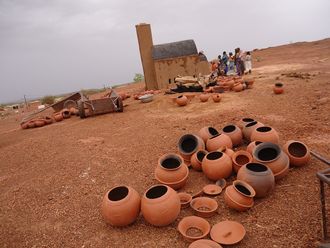Bangui, Central African Republic: The Central African Republic, which the United Nations (UN) Secretary General is to visit on Tuesday, is one of the world’s poorest nations, wracked for the past four years by civil war.
The landlocked country has been struggling under international pressure to recover from conflict between Muslim and Christian militias that started after the 2013 overthrow of leader Francois Bozize. The primary victims have been civilians.
History of instability
The country has enjoyed little peace or stability since gaining its independence from France in 1960.
Five years later, president David Dacko was ousted by Jean-Bedel Bokassa, who took charge in January 1966 and crowned himself emperor in 1977 in a wildly extravagant ceremony that made waves around the world.
His reign was marked by bloodshed, notably the 1979 massacre of schoolchildren.
French forces toppled Bokassa on September 20, 1979, while he was on a visit to Libya. Dacko was reinstated, but two years later forced to hand power over to the military.
A multiparty system was unveiled in 1991, but then three army mutinies in 1996-1997 were followed by a failed coup in 2001.
Bozize, a former military chief, rebelled and took over in 2003. Several more rebellions followed and France intervened with help from Chadian soldiers in November 2006 to recapture towns in the north that had fallen to rebel forces.
Deadly Crisis Since 2013
Bozize was re-elected in 2011, in a vote marred by fraud, but he was overthrown in March 2013 by mostly Muslim rebels from the Seleka coalition. Michel Djotodia proclaimed himself president.
Those events sparked the bloodiest sectarian violence in the country’s history as mainly Christian militias sought revenge against their Muslim foes.
Christians, who account for about 80 per cent of the population, organised vigilante units dubbed “anti-balaka”, in reference to the machetes used by the rebels.
The Seleka rebels were in turn ousted a year later by a military intervention led by former colonial ruler France, which feared a genocide.
In January 2014 Djotodia stepped down under pressure from central African leaders and Paris. A transitional president was elected by parliament, before former prime minister Faustin-Archange Touadera was elected president in February 2016.
International forces from France, which stayed until 2016, along with the UN’s Minusca mission, have stabilised the situation, but do not control the entire country.
Renewed clashes have pitted armed groups against each other as they compete for control of natural resources and areas of influence, while claiming to protect communities.
Quarter of population displaced
The number of refugees and displaced fleeing the violence has reached 1.1 million people, nearly a quarter of the population, of which 513,000 are refugees in neighbouring countries and 600,000 displaced internally, according to the UN.
Half of the population depends on humanitarian aid, in one of the most dangerous countries in the world for aid workers.
Poverty despite diamonds
The Central African Republic is rich in natural resources, including diamonds, uranium, timber, gold and oil.
However, the chronic crises have greatly harmed key sectors, and economic activity now comprises mainly subsistence agriculture.
More than three quarters of the country’s 4.7 million inhabitants live in extreme poverty, according to the World Bank.
The country is classed last — in 188th place — on the Human Development Index of the UN Development Programme.
Growth is slower than expected: the International Monetary Fund has projected economic growth at 4.7 per cent this year and 5 per cent in 2018.
In November 2016 Bangui was promised more than $2.2 billion (Dh8 billion) over three years at a donors conference in Brussels.












